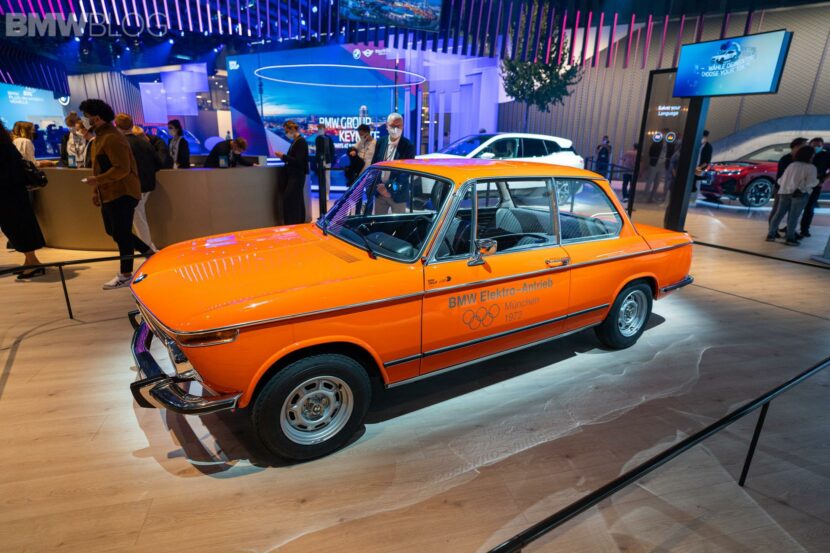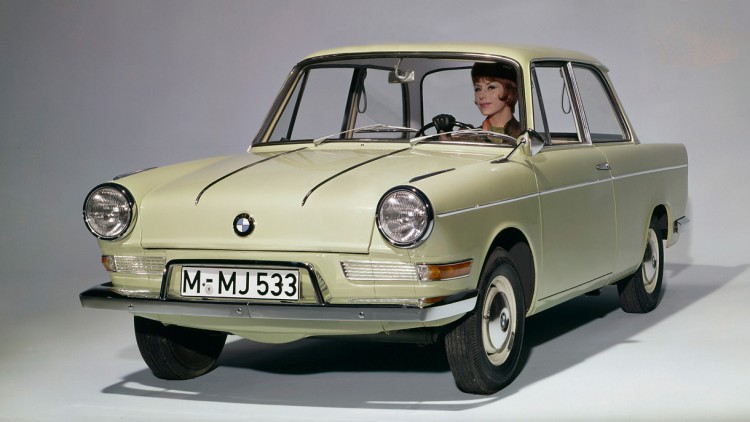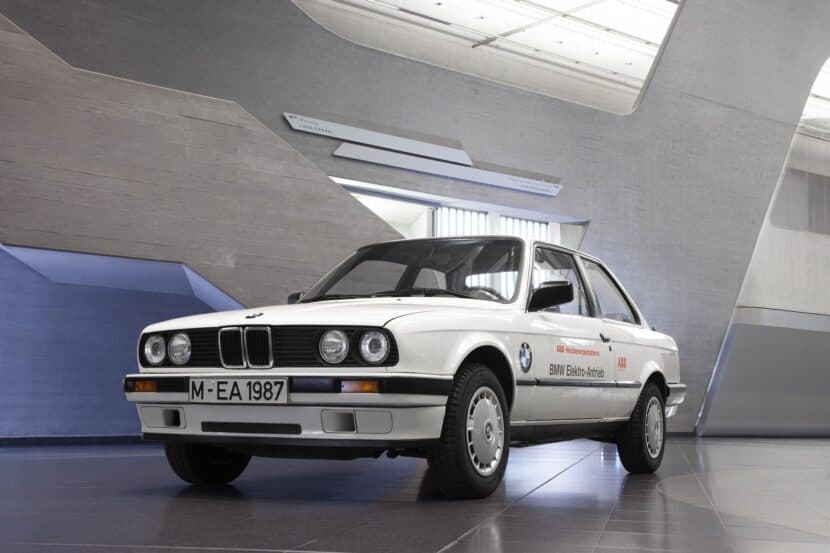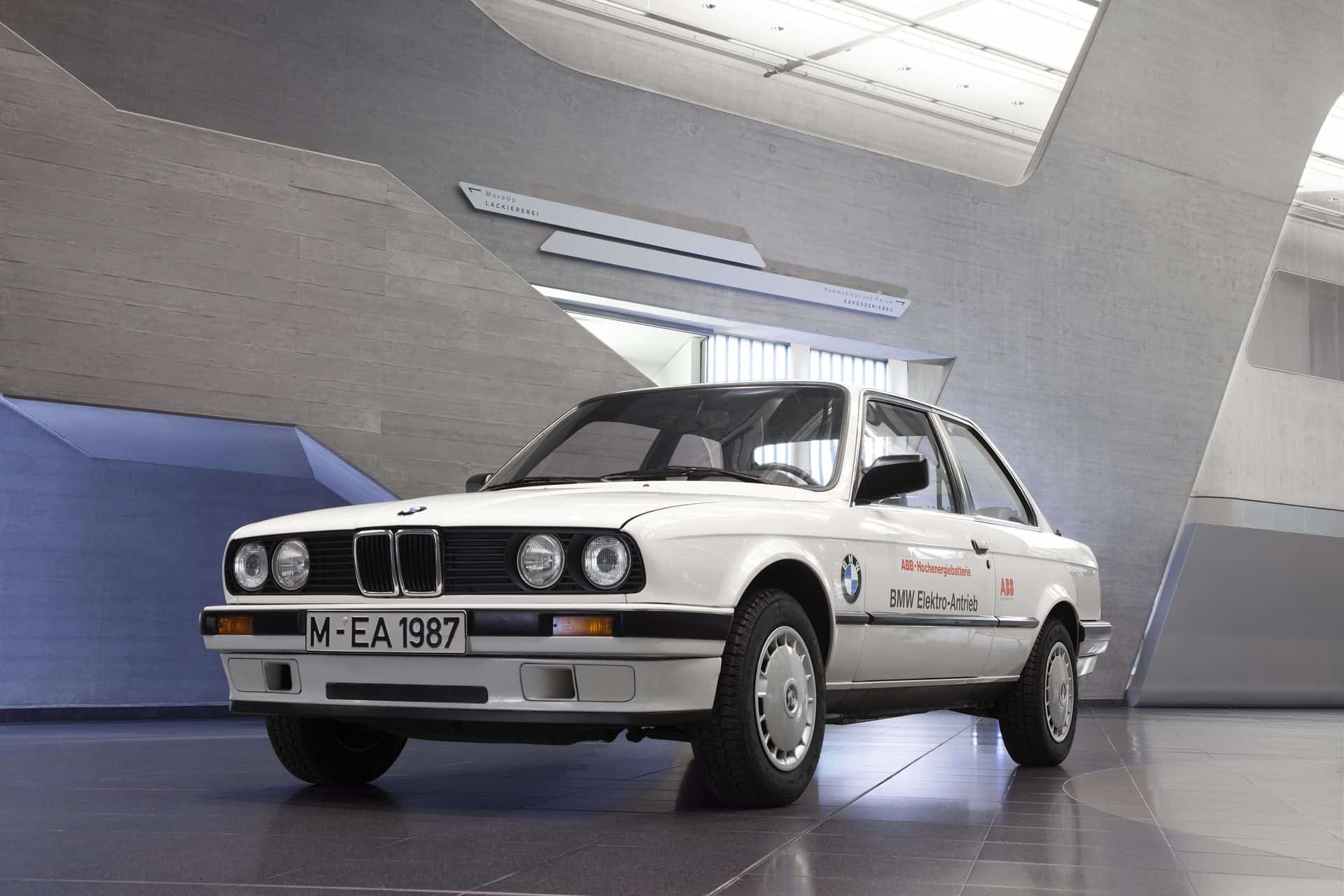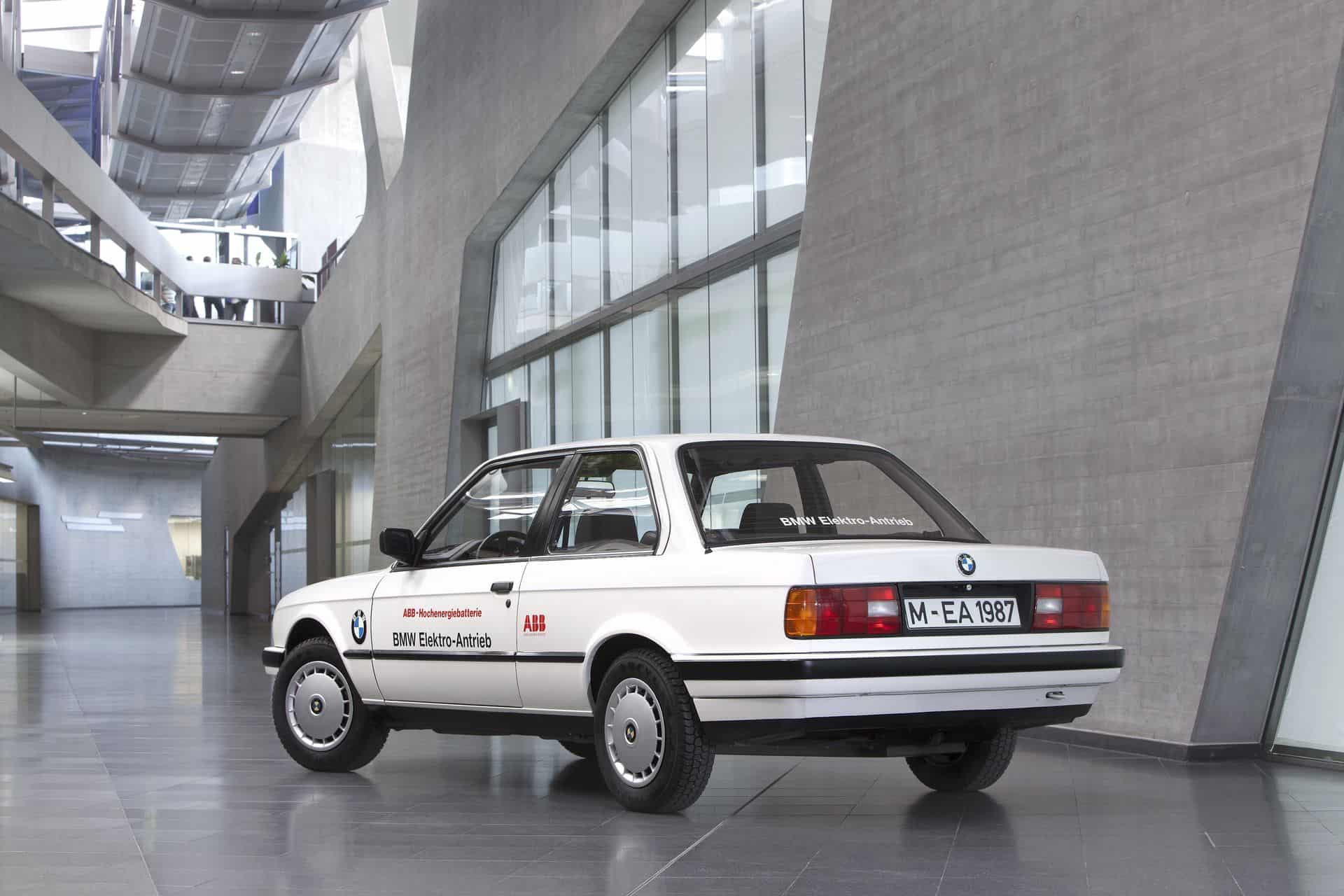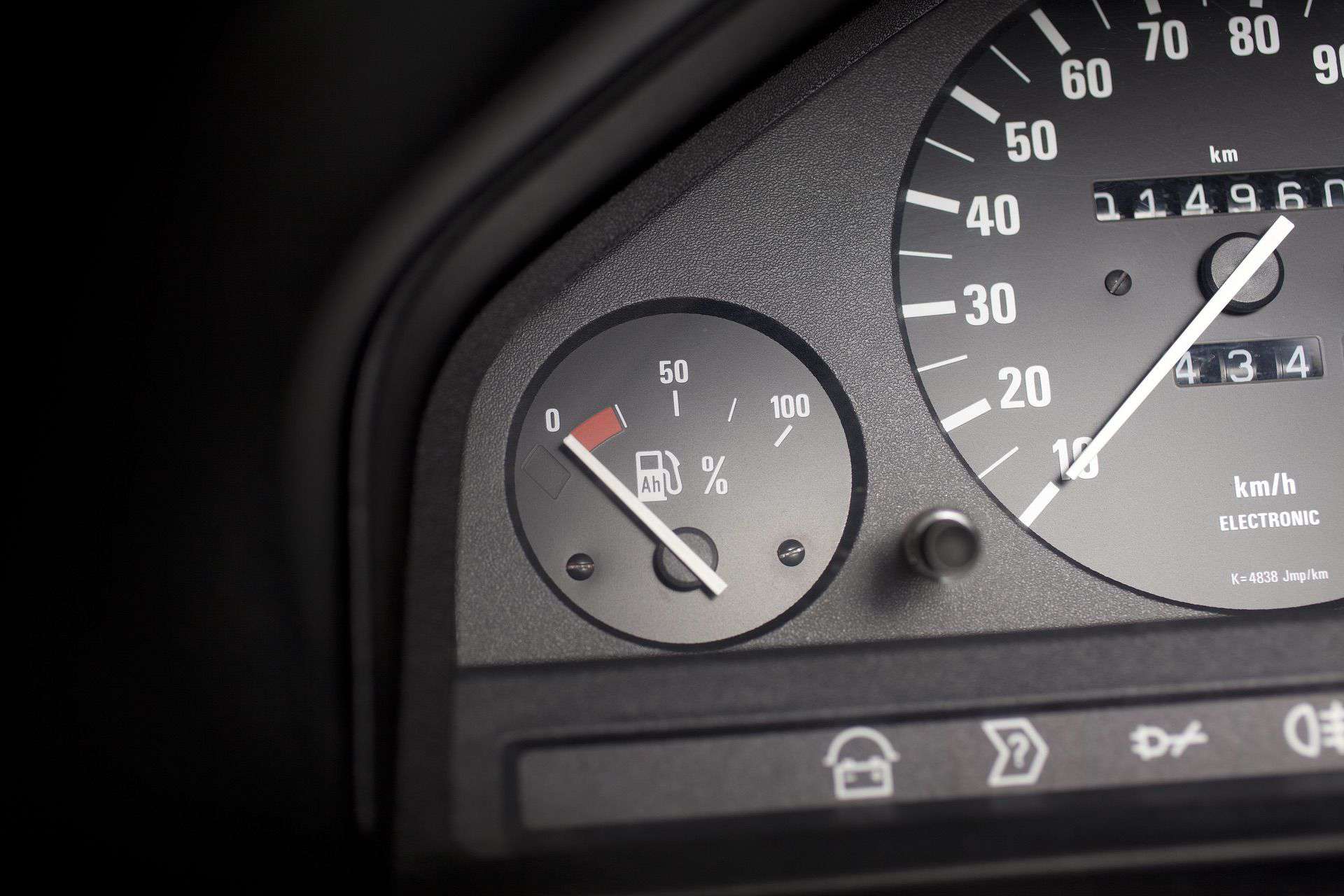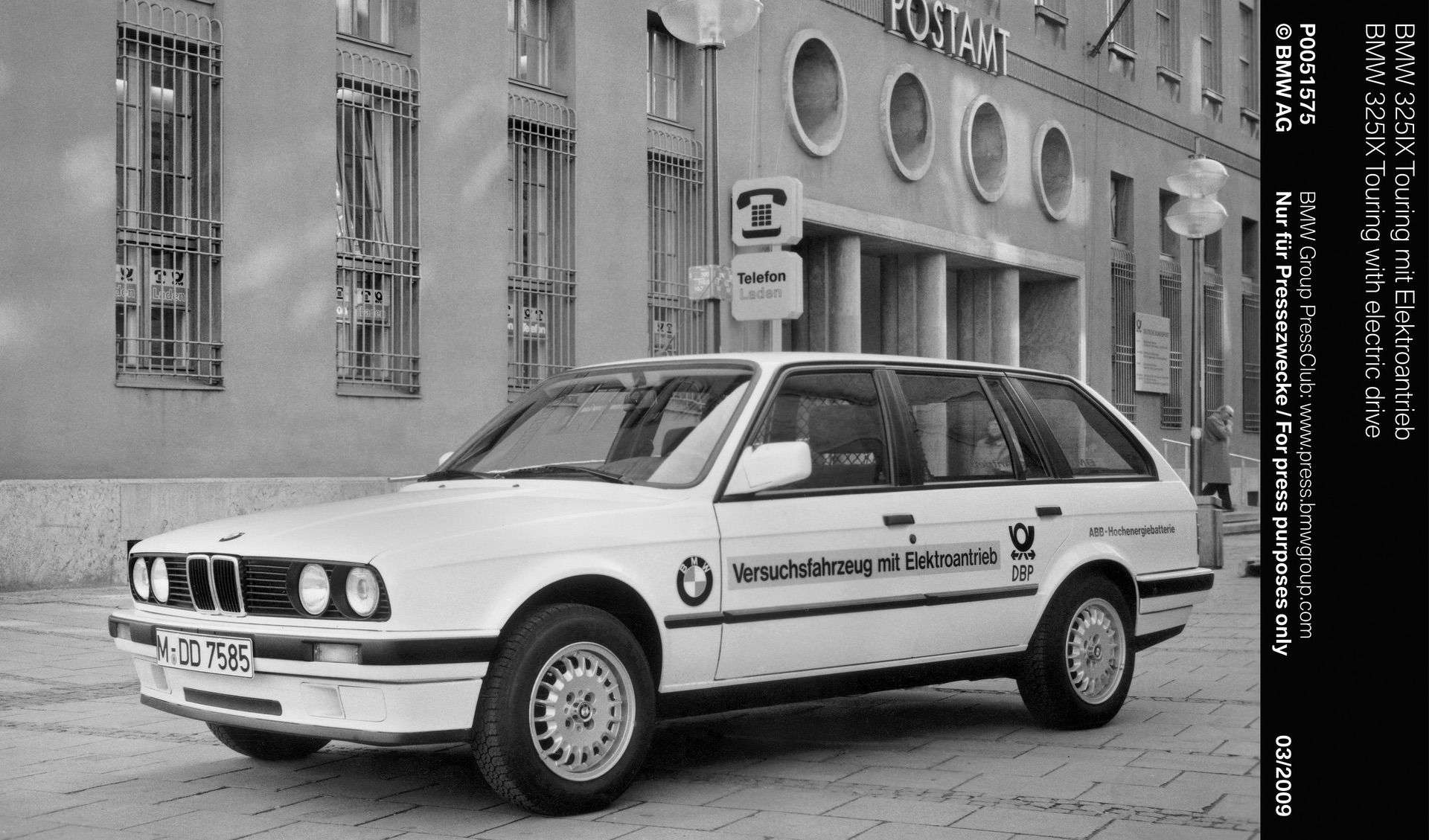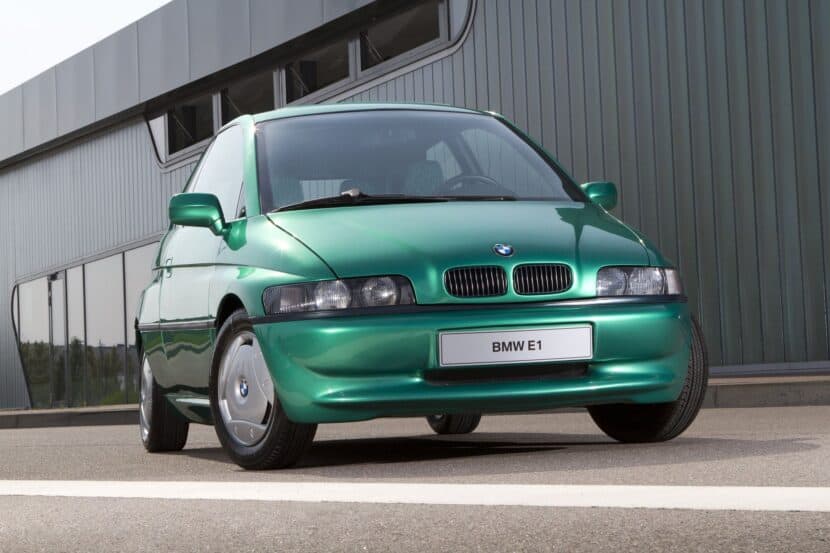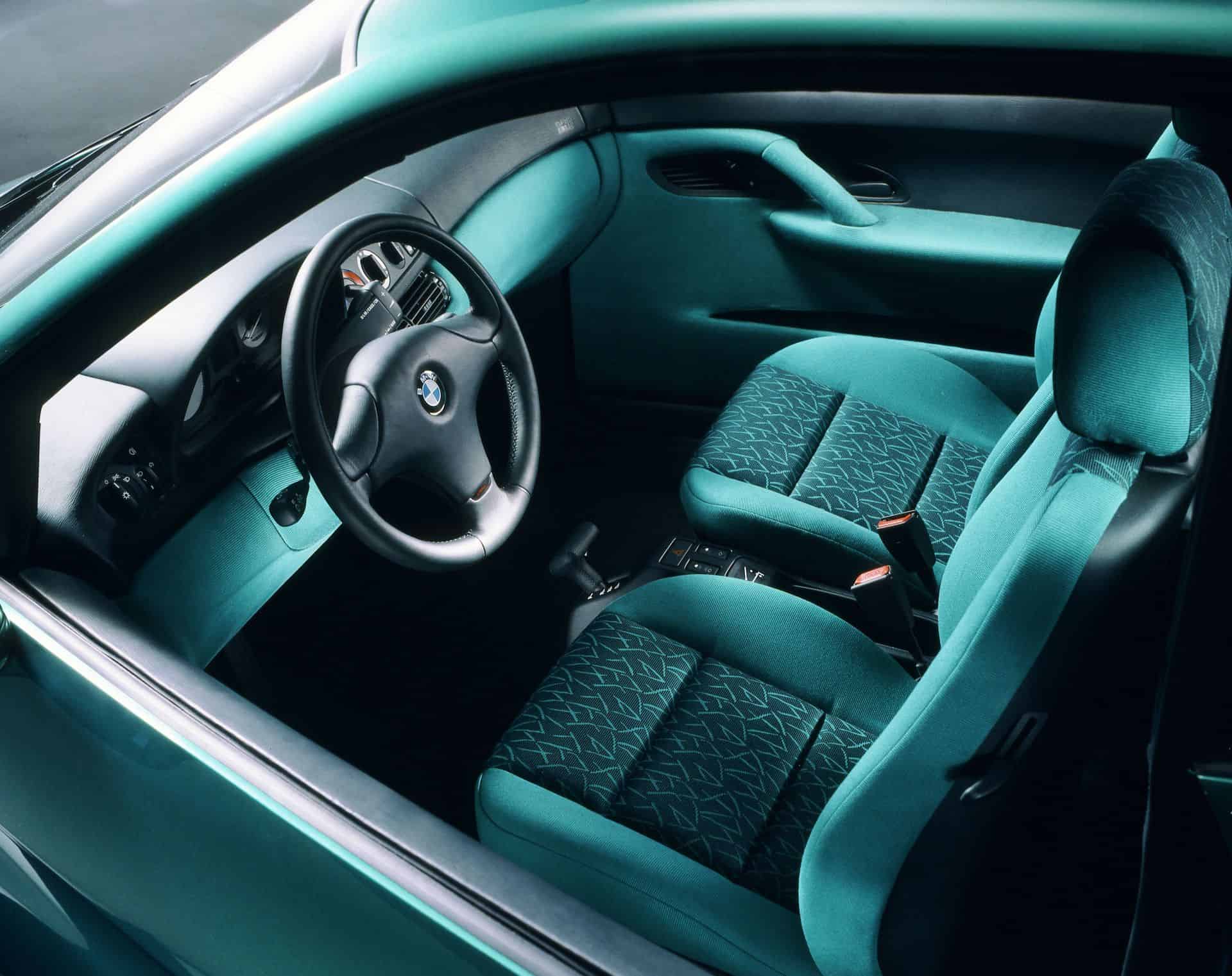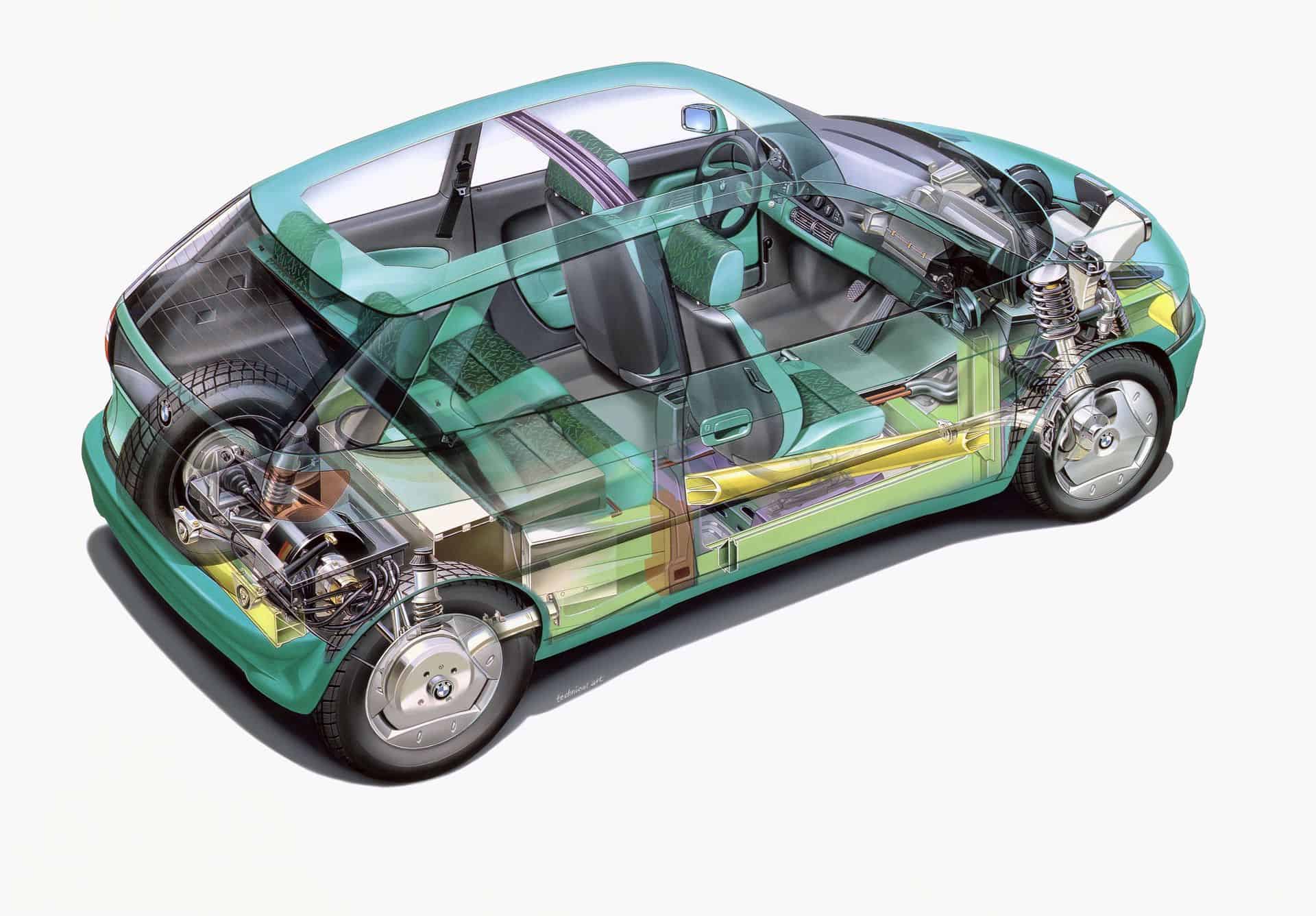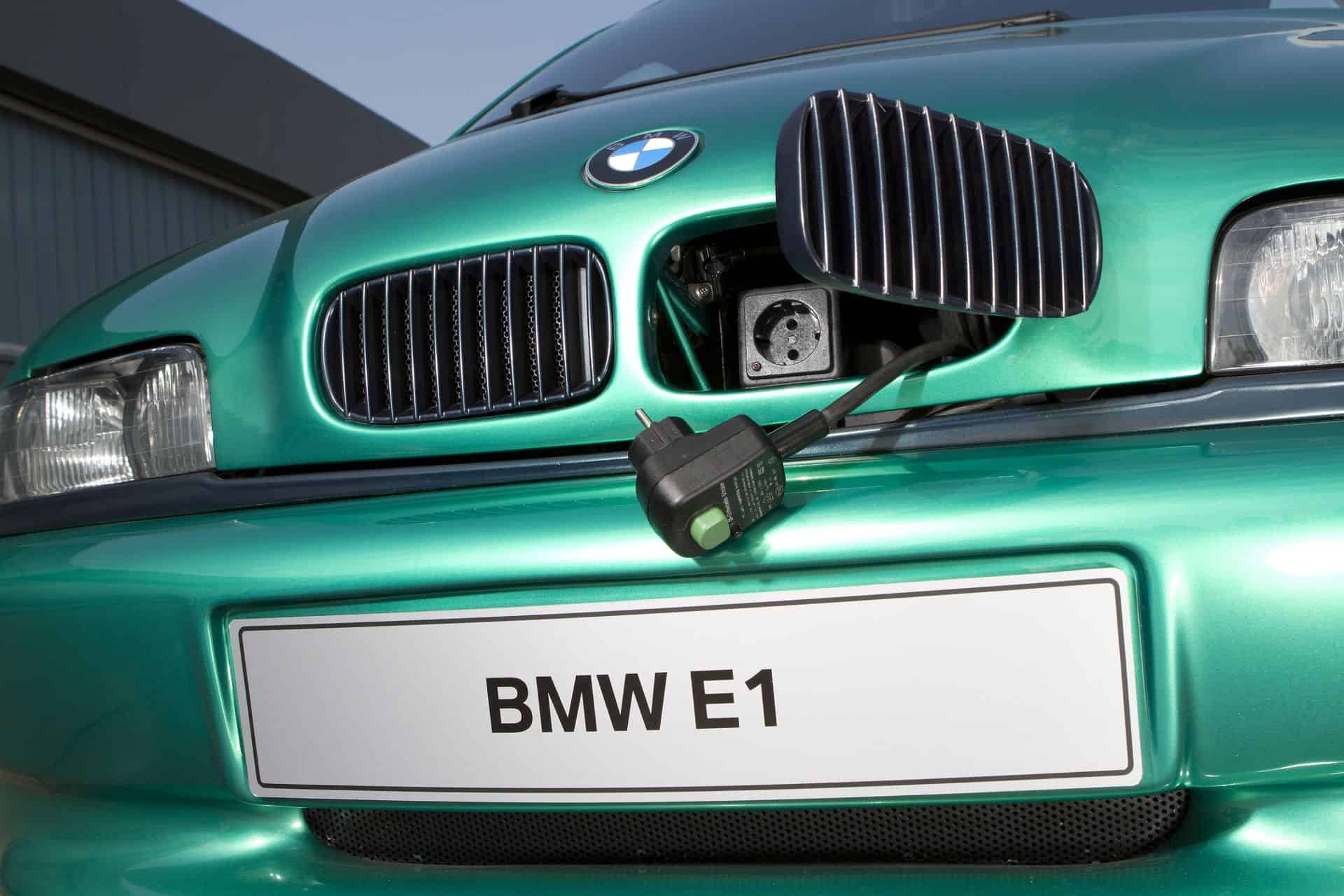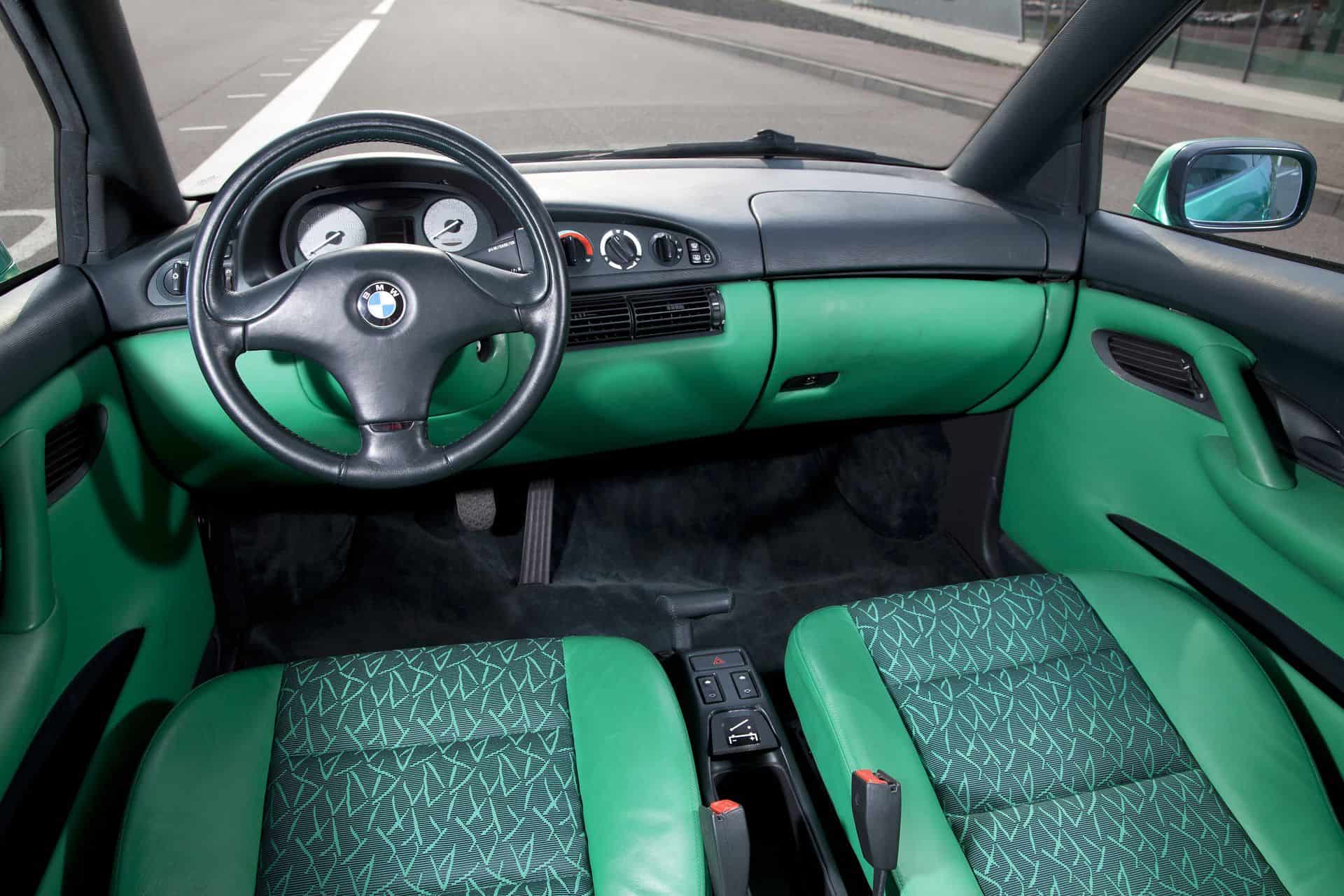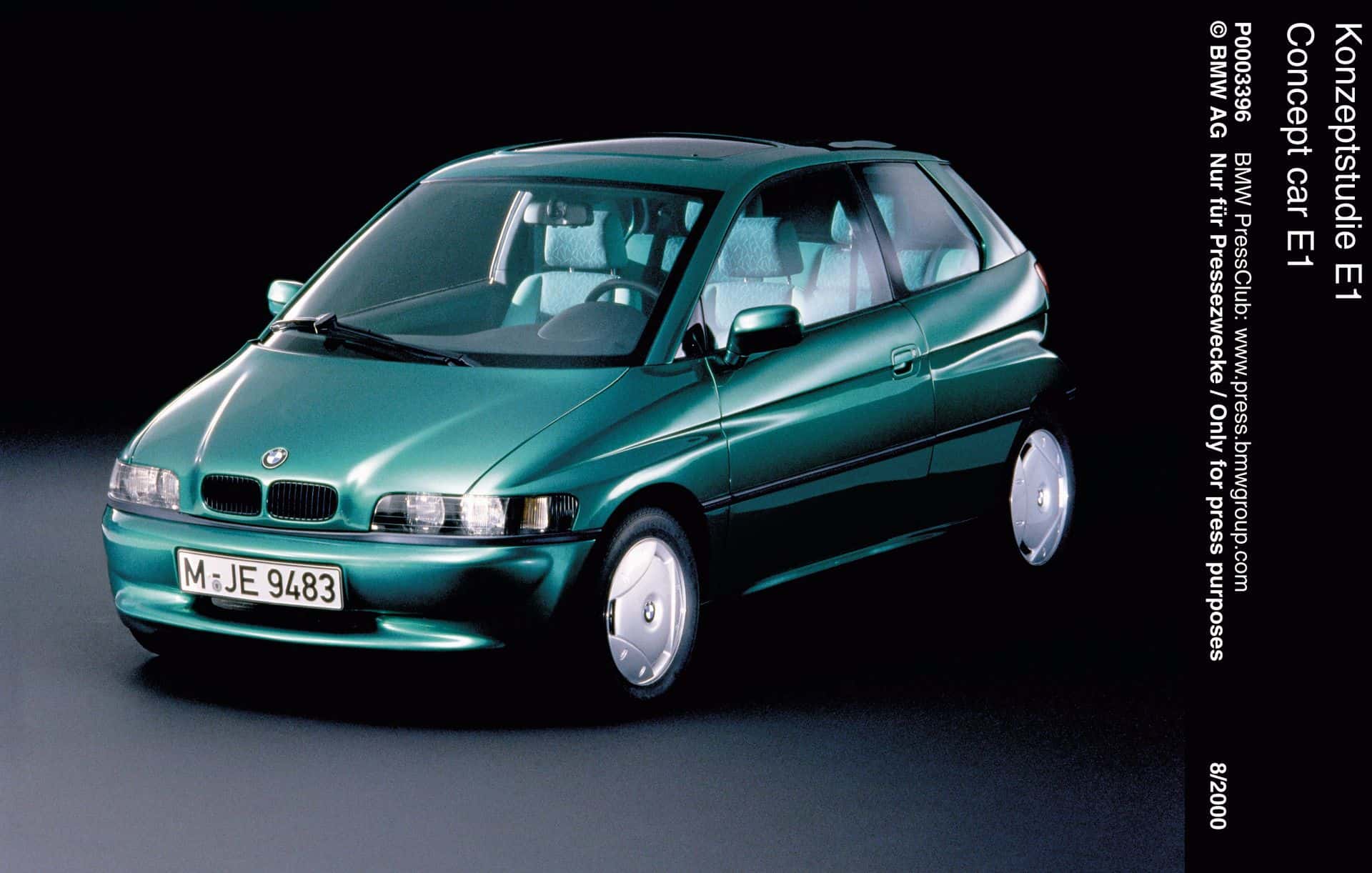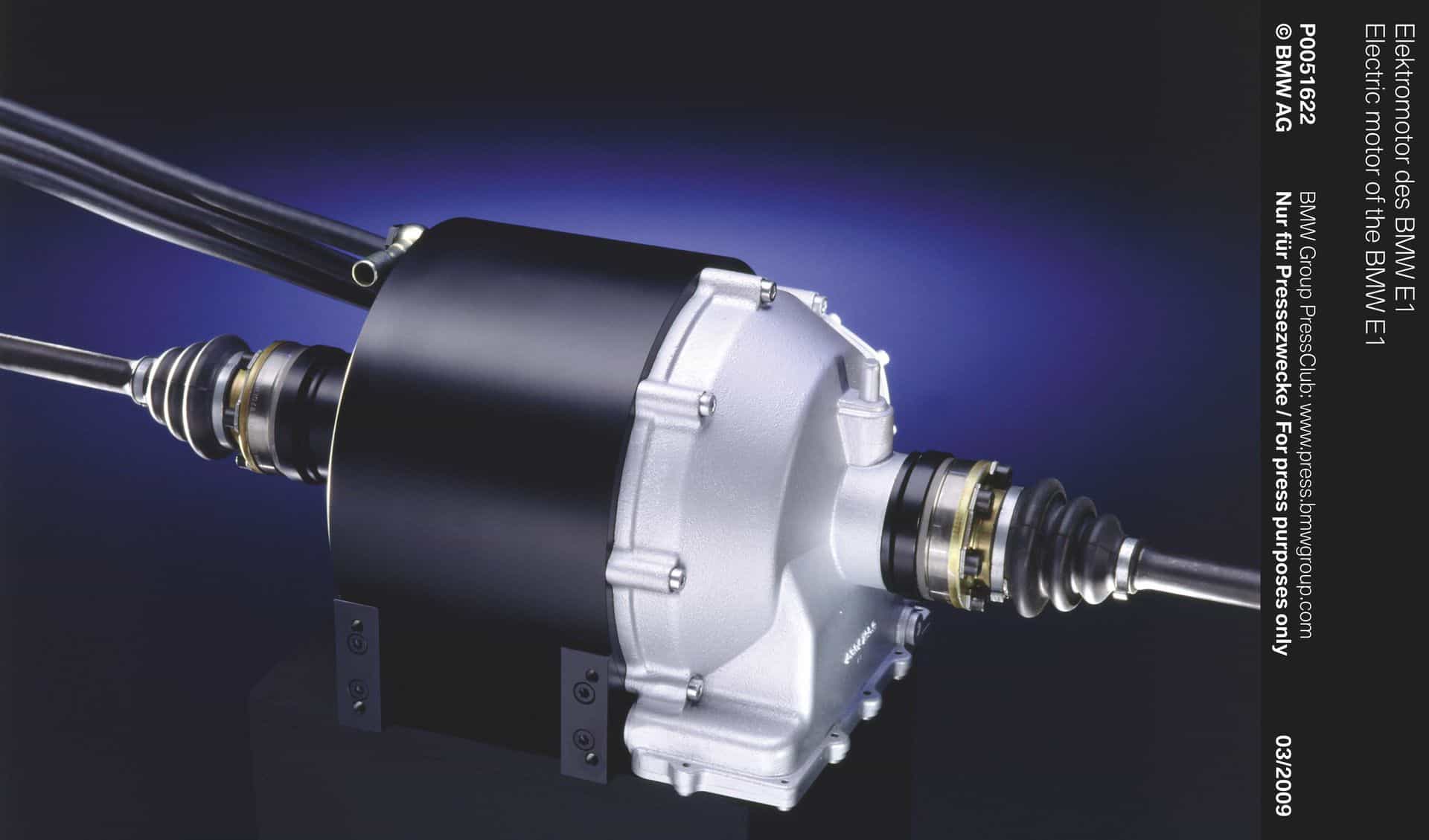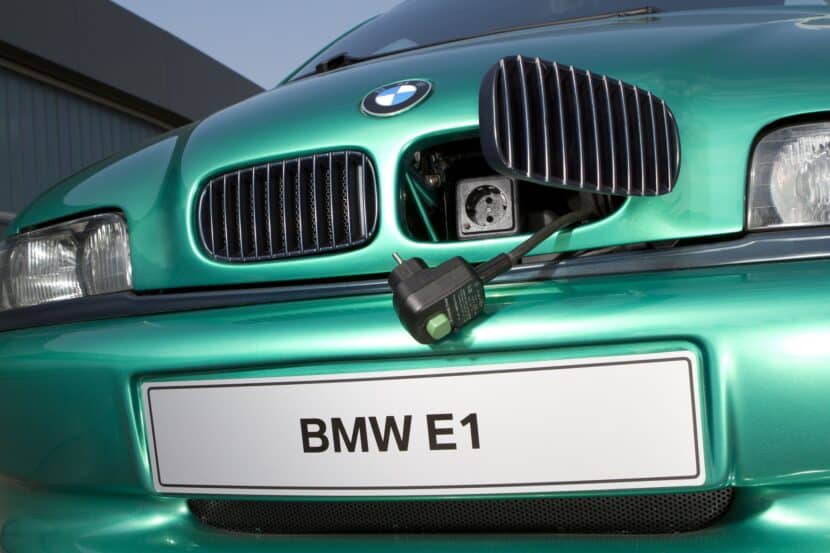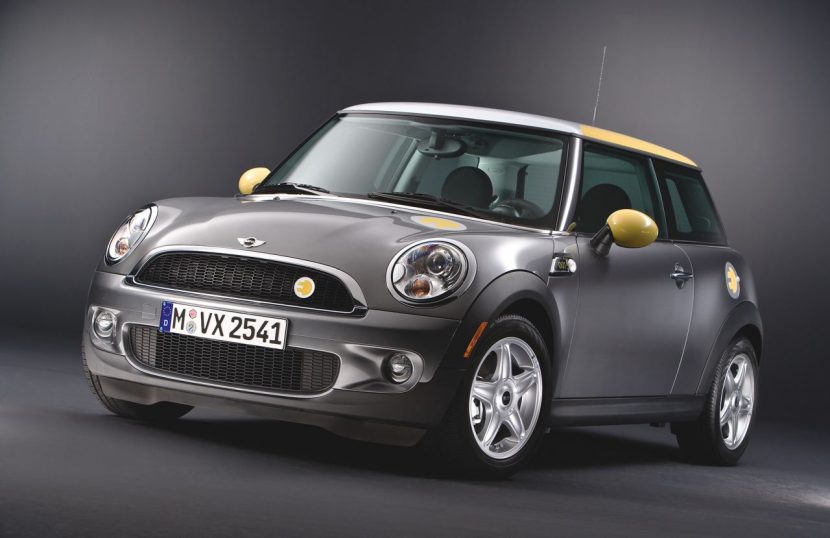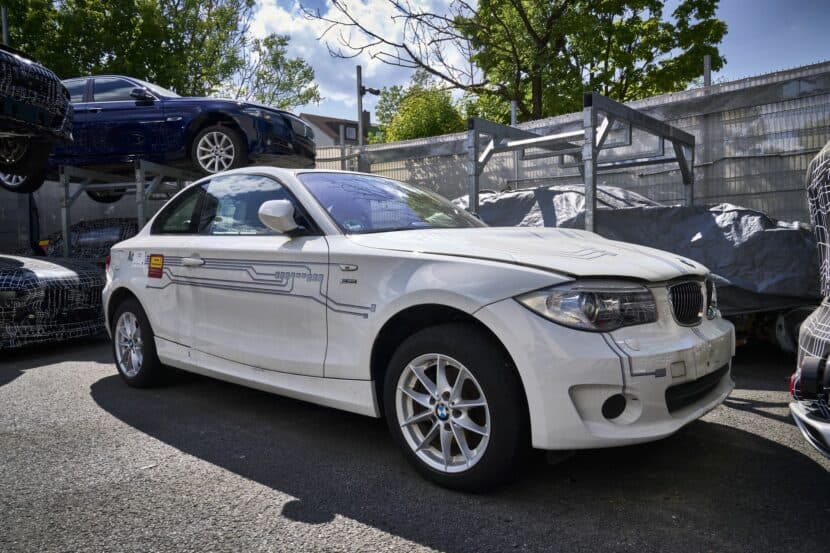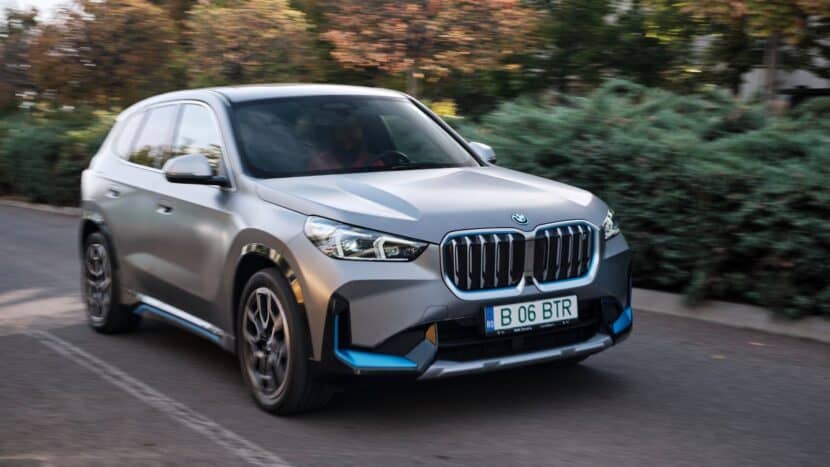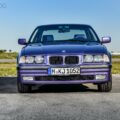Even today, BMW boasts an entire range of electric models based on its internal combustion engine cars. While many rivals are selling more bespoke electric vehicles built on dedicated platforms, the Bavarian automaker remains one of the most important names in the recent history of electric mobility. With the 2025 launch of the first Neue Klasse models, debuting a bespoke EV platform, BMW aims to return to the forefront of the electric car scene.
1972 BMW 1602 Electric
But let’s start from the beginning, decades before the manufacturer ever considered making the i3, its first commercially successful EV. BMW began researching electric propulsion technology in the late 1960s, and by 1972, it had 1602-based prototypes up and running. The 1602 Electric had a modest range of just 60 km (37 miles) and a top speed of only 100 km/h (62 mph), but these figures were competitive for the time.
1975 BMW LS Electric
In 1975, BMW created the LS Electric based on the rear-engined subcompact 700 model. It had a capacity of 10.8 kWh from 10 lead-acid batteries, allowing its electric motor to produce up to 17 kW (22 hp) and push the vehicle to a top speed of 65 km/h (40 mph). Although its range was only 30 km (19 miles), it was deemed usable for a city car at that time.
1987 BMW 325iX
The next batch of test EVs comprised eight 325iX models converted from all-wheel-drive six-cylinder vehicles to front-wheel-drive EVs for test purposes. Built between 1987 and 1990, this was also the period when BMW began seriously considering series EVs for production, allocating more resources towards electric powertrain development.
1991 BMW E1
With the 1991 BMW E1 electric concept, the manufacturer presented a viable battery-powered city car with decent charging performance and a usable range. Its 19 kWh sodium nickel chloride battery pack gave the car a claimed range of 160 km (99 miles), and it could be fully recharged from a typical European wall outlet in around 6 hours.
The E1 looked like a production-ready car, featuring a bespoke platform, body, interior, and powertrain. Looking at this design in 2023, it resembles what you would expect from an artificial intelligence image generation engine tasked with creating a 1990s interpretation of a BMW i3.
Even though the E1 appeared ready for production, BMW never actually produced it, and it would take the manufacturer almost two more decades until it had EVs in the hands of its customers. BMW continued building 3 Series EV test vehicles throughout the 1990s, but the 2008 MINI E was its first (limited) production EV.
2008 MINI E
Only 600 MINI Es were produced, and they were never actually sold. They were exclusively offered through a special lease program, at the end of which the manufacturer took possession of the cars again and scrapped almost all of them. The MINI E had an EPA-rated range of 100 miles (161 km) from its 35 kWh lithium-ion battery pack.
2012 BMW ActiveE
The MINI E project was followed, starting in 2012, by the Active E program, which saw the creation of 1,100 1 Series coupe-based EVs. All these fully electric E87s featured a development of the powertrain found in the older Mini E, but none of the specs were actually better. The battery pack had a 32 kWh capacity, the EPA range was lower at 94 miles (151 km), and it was also down on power compared to the Mini E, with an output of 125 kW (169 hp).
The Active E was about half a second slower to accelerate from 0 to 100 km/h (62 mph), achieving the benchmark sprint in 8.5 seconds. Owners of the car also appreciated the way it drove, saying it was fun and not at all slow, even in spite of its 1,800-kg (4,000-pound) curb weight, which was considerably more than the combustion 1 Series on which it was based.
BMW pulled the plug on the Active E program in 2014, recovering all test vehicles leased, and most were destroyed. At about the same time, the manufacturer revealed and started producing its first full-production EV, the i3.
BMW i3
Interestingly, aside from the early 1990s E1 concept, the manufacturer had exclusively tested ICE-based EVs. With the i3, however, BMW made the bold move to design it from scratch as an EV. The result was a very tall and boxy car that rode on large yet narrow wheels, requiring specially designed tires.
The i3’s structure was made of CFRP (carbon fiber reinforced polymer), helping keep the vehicle’s weight down without compromising on rigidity or crash safety. This ultimately made it a nightmare for owners to repair their i3s involved in accidents, even if it added to the i3’s cool factor.
Despite its unconventional look and unusual proportions, not typical of BMW, the i3 was a huge hit for the automaker. At one point, it was the second-best-selling EV in the world after the Nissan Leaf, another early ground-up production EV that took the automotive world by storm.
BMW i3S
The i3 received a facelift in 2018 when BMW introduced the slightly sportier i3s variant, featuring a slight exterior makeover, stiffer suspension, a wider track, and slightly more power from its rear-mounted electric motor. It gained a larger 42.2 kWh battery pack in 2019 and was discontinued in 2022 after around 250,000 were built.
The next BMW EV to hit the market was the 2019 MINI Cooper SE, a reengineered version of the ICE MINI. It featured the motor from the i3s but powered the front wheels. BMW had to make the Cooper SE 1.8 centimeters (0.7 inches) taller than its gas-burning brethren to accommodate a battery in the car’s underside, but you can’t tell unless you park the EV next to the ICE car.
For a long time, the MINI Cooper SE was regarded by many journalists and driving enthusiasts as the most fun-to-drive, affordable electric vehicle, remaining true to the brand’s ethos even in electric form.
The MINI Cooper SE is about to be taken out of production and replaced by an all-new model. The replacement looks like an evolution of the outgoing model but represents a revolution in car platform design, primarily designed to work in an EV application while also accommodating a combustion powertrain. This approach previews what BMW plans to do with the Neue Klasse line of models.
The New BMW EVs
Under its brand, BMW today sells the iX1, iX3, i4, i5, i7, and the iX. Of these, only the latter is built on a dedicated EV platform, reportedly previewing many elements of the Neue Klasse platform. All the other models except the entry-level iX1 (built on the UKL2 platform shared with the 2 Series Active Tourer and the Mini Countryman) use a version of BMW’s CLAR modular architecture, underpinning its entire lineup of rear-wheel-drive-biased models regardless of the power source.
The iX is, therefore, the most advanced current BMW i model, but it’s not the newest. That distinction goes to the i5, the fully electric version of the latest 5 Series, the G60.
All these CLAR-based models will be phased out after 2025 when BMW is set to start introducing Neue Klasse models, bringing a host of advantages. The most significant will be an increase in the power density of batteries combined with a drop in cost (up to 50 percent less than today’s fifth-generation BMW batteries), and their production will result in 60 percent less CO2.
BMW hasn’t confirmed which Neue Klasse model will debut first, but it is believed that it could be an iX3-sized SUV arriving before the end of 2024. It will most likely be followed by an all-new 3 Series, previewed by the Vision Neue Klasse concept sedan revealed in the summer of 2023.



